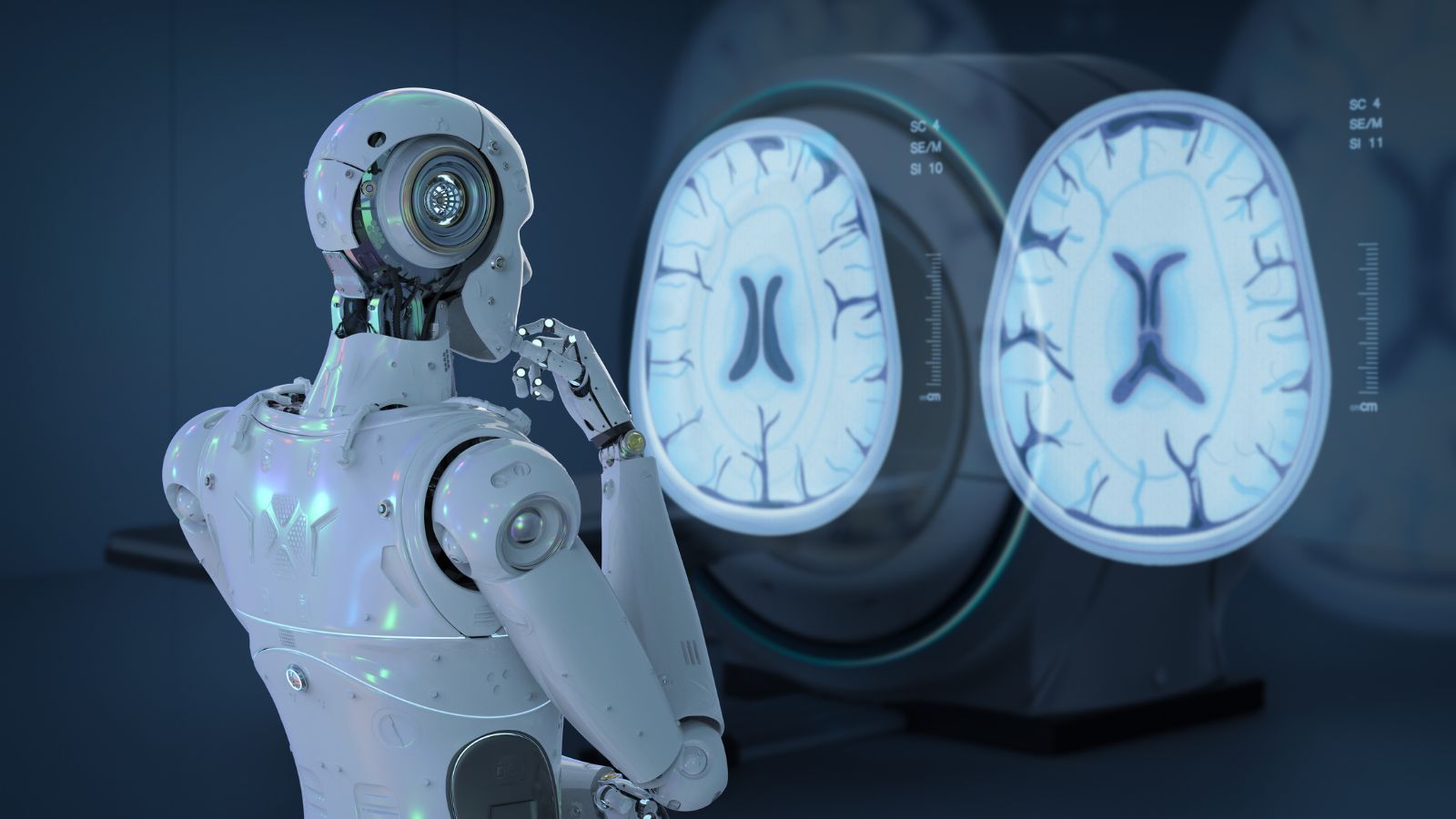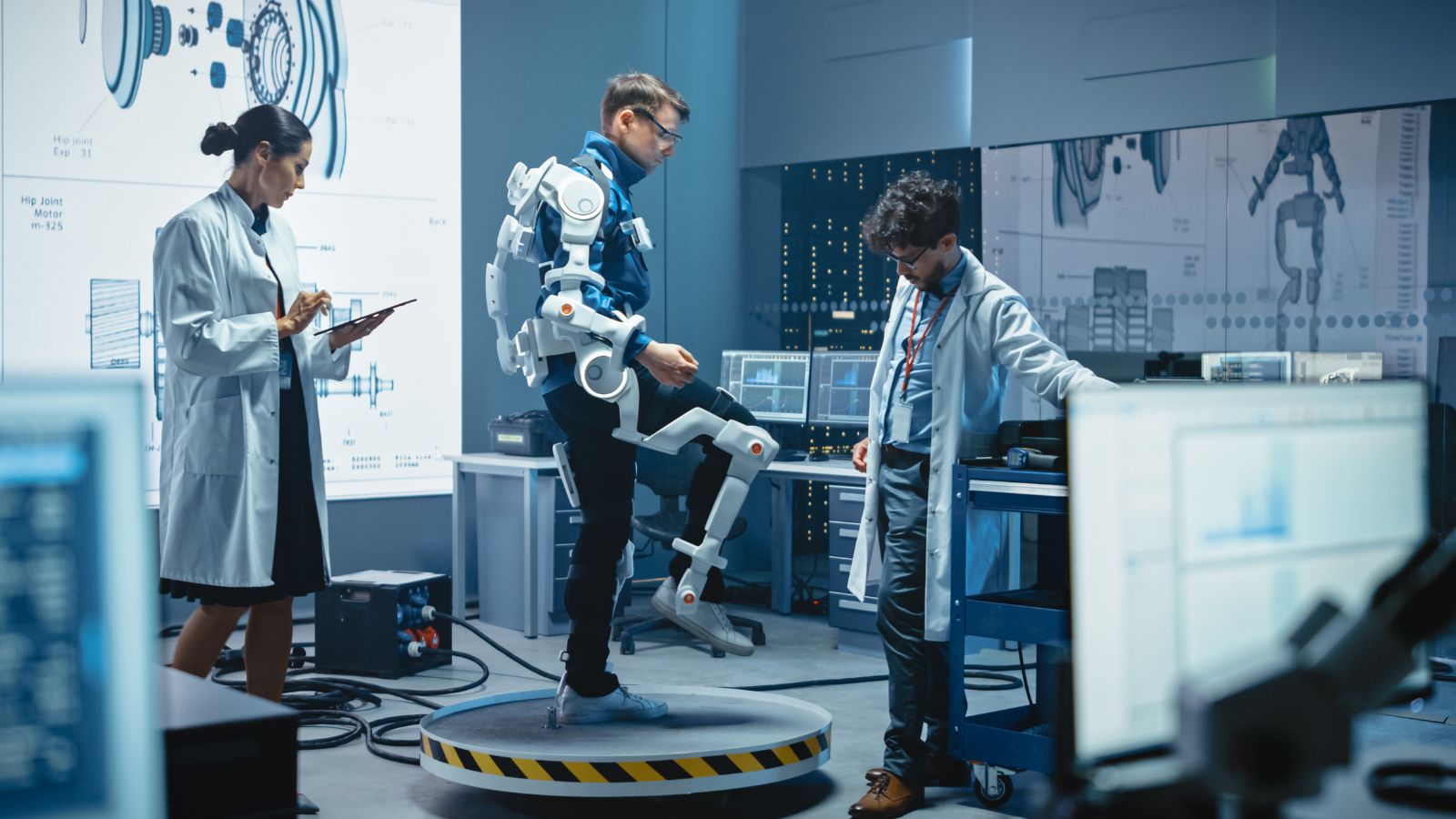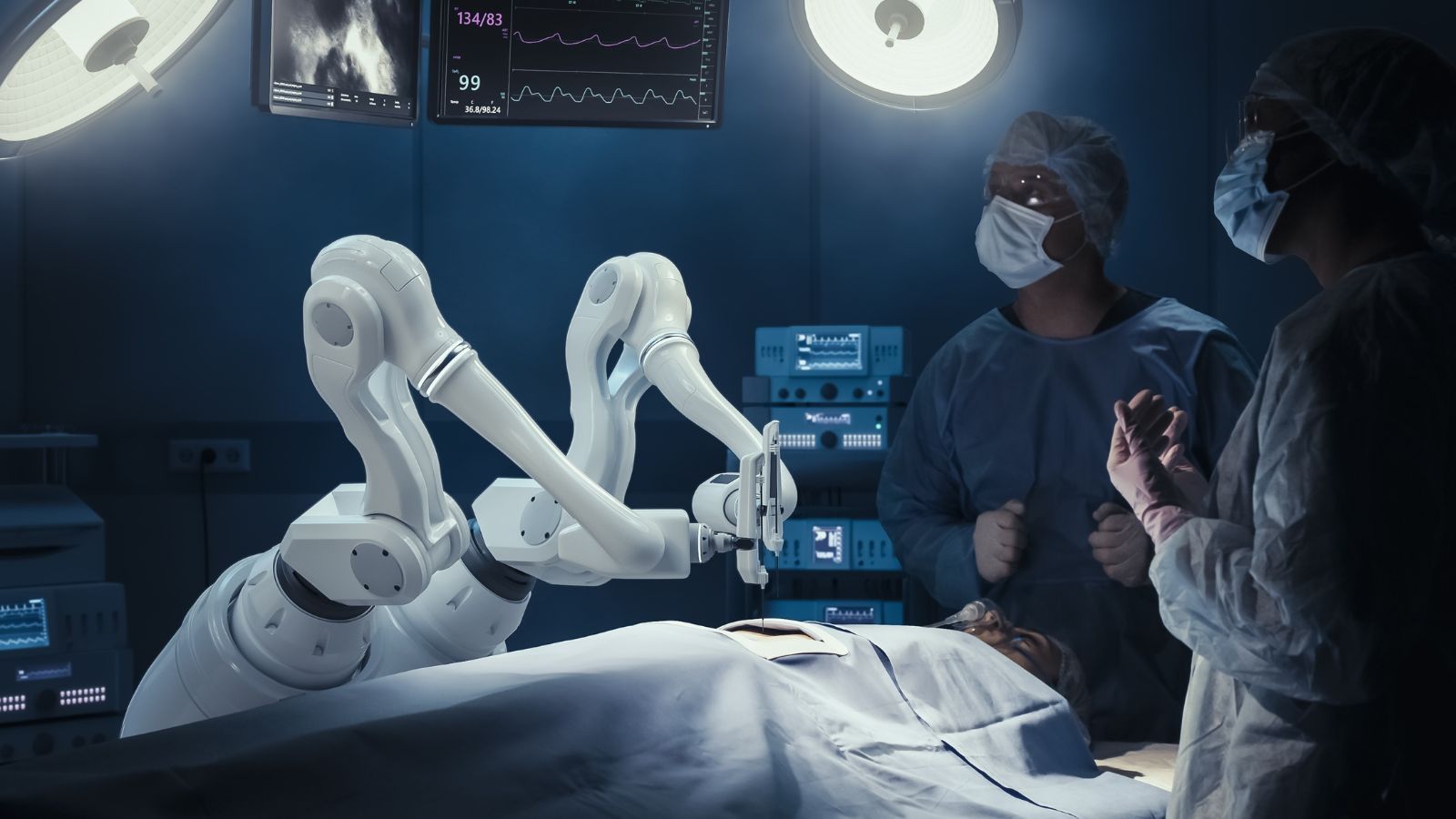It is no longer a question of if automation will change the job market but how and to what extent. Automation, driven by advancements in technology, is transforming industries at a rapid pace. From factory floors to corporate offices, the rise of machines and software is reshaping the landscape of employment. Here are 20 startling ways automation is changing the job market.
Job Displacement

One of the most immediate and visible impacts of automation is job displacement. Tasks that were once performed by humans are now being done by machines. This is especially true in manufacturing, where robots can precisely perform repetitive tasks. Workers in these sectors must find new roles, often requiring different skills.
Creation of New Jobs

While automation displaces some jobs, it also creates new opportunities. The tech industry, in particular, is seeing a surge in demand for roles such as data analysts, AI specialists, and robotics engineers. These new jobs often require advanced technical skills and training.
Increased Productivity

Automation boosts productivity by allowing tasks to be completed faster and more accurately. This increase in efficiency can lead to higher output and lower costs, benefiting businesses and potentially leading to economic growth.
Shift in Skill Requirements

As automation takes over routine tasks, there is a growing demand for workers with advanced technical skills. Proficiency in software development, data analysis, and robotics is becoming increasingly important. Soft skills such as creativity, problem-solving, and emotional intelligence are more valuable than ever.
Remote Work Enablement

Automation technologies enable remote work by facilitating communication and collaboration. Tools like cloud computing, video conferencing, and project management software make it easier for teams to work together from different locations, leading to more flexible work arrangements.
Changes in Education and Training

The rise of automation necessitates changes in education and training programs. There is a growing emphasis on STEM (science, technology, engineering, and mathematics) education and lifelong learning initiatives to help workers keep up with technological advancements.
Enhanced Decision-Making

Automation enhances decision-making processes by providing data-driven insights. Advanced analytics and AI algorithms can analyze vast amounts of data to identify trends and make predictions, helping businesses make more informed decisions.
Transformation of Customer Service

Automation is transforming customer service with the introduction of chatbots and virtual assistants. These tools can quickly and accurately handle a large volume of inquiries quickly and accurately, providing customers with immediate assistance and freeing human agents to handle more complex issues.
Reduced Operational Costs

Automation helps businesses reduce operational costs by minimizing the need for manual labor and reducing errors. Automated systems can perform tasks continuously without breaks, leading to significant cost savings over time.
Increased Demand for Tech Professionals

As businesses adopt more automation technologies, the demand for tech professionals continues to rise. Roles such as AI specialists, robotics engineers, and IT support are in high demand, highlighting the importance of technical skills in the modern job market.
Improved Workplace Safety
 Automation can improve workplace safety by taking over dangerous tasks. In industries such as manufacturing and construction, robots can perform hazardous jobs, reducing the risk of injury to human workers.
Automation can improve workplace safety by taking over dangerous tasks. In industries such as manufacturing and construction, robots can perform hazardous jobs, reducing the risk of injury to human workers.
Supply Chain Optimization

Automation optimizes supply chain operations by improving inventory management, logistics, and production processes. Automated systems can track inventory levels in real time, predict demand, and streamline the movement of goods, leading to more efficient supply chains.
Personalized Marketing
 Automation enables personalized marketing by analyzing customer data and delivering targeted content. AI algorithms can segment audiences and create personalized marketing campaigns based on individual preferences and behaviors, increasing customer engagement and driving sales.
Automation enables personalized marketing by analyzing customer data and delivering targeted content. AI algorithms can segment audiences and create personalized marketing campaigns based on individual preferences and behaviors, increasing customer engagement and driving sales.
Human-Machine Collaboration

The future of work involves greater collaboration between humans and machines. Automation tools can handle repetitive tasks, allowing human workers to focus on more strategic and creative activities, enhancing productivity and innovation.
Ethical and Regulatory Challenges

The rise of automation brings ethical and regulatory challenges. Issues such as data privacy, job displacement, and the ethical use of AI require careful consideration. Governments and businesses must work together to create regulations and policies that address these challenges while promoting innovation.
Changing Workplace Dynamics

Automation is changing workplace dynamics by altering job roles and responsibilities. As routine tasks are automated, employees may take on more strategic and decision-making roles, leading to more fulfilling work but also requiring a willingness to adapt and embrace new technologies.
Economic Inequality

Automation can exacerbate economic inequality by disproportionately affecting low-skilled workers. Those who lack the skills to transition to new roles may struggle to find employment. Addressing this issue requires investment in education and training programs to ensure all workers benefit from technological advancements.
Environmental Impact

Automation can have a positive environmental impact by improving energy efficiency and reducing waste. For example, automated systems can optimize energy use in buildings and reduce emissions in manufacturing processes. However, the production and disposal of automated technologies also have environmental implications that must be managed.
Global Competitiveness

Countries that embrace automation and invest in advanced technologies can enhance their global competitiveness. These countries can attract investment and create high-quality jobs by improving productivity and innovation. However, those that fail to keep up with technological advancements may fall behind.
Future Workforce Adaptation

Preparing the future workforce for an automated world requires a proactive approach. This includes updating educational curricula, promoting lifelong learning, and creating supportive policies. By fostering a culture of innovation and adaptability, societies can ensure that workers are prepared for the challenges and opportunities of the future.
Conclusion

Automation is profoundly reshaping the job market, offering both opportunities and challenges. While it can lead to increased productivity, cost savings, and new job creation, it also presents ethical, regulatory, and economic challenges. By understanding these changes and proactively preparing for them, individuals, businesses, and governments can navigate the evolving job landscape and harness the benefits of automation. As we move forward, embracing continuous learning and adaptation will be essential to thrive in an automated world.
5 Canadian Provinces Predicted to Thrive in the Next Economic Boom
 To thrive in an economic boom, a region needs good infrastructure, talented people, government policies that support growth and uplift the economy, and a culture of entrepreneurship. Often, the demography can also be a significant indicator of a region’s economy in the next few years. Although reports may vary on which regions will perform the best economically, certain regions come up on every list. Here are 5 Canadian provinces predicted to thrive in the next economic boom:
To thrive in an economic boom, a region needs good infrastructure, talented people, government policies that support growth and uplift the economy, and a culture of entrepreneurship. Often, the demography can also be a significant indicator of a region’s economy in the next few years. Although reports may vary on which regions will perform the best economically, certain regions come up on every list. Here are 5 Canadian provinces predicted to thrive in the next economic boom:
5 Canadian Provinces Predicted to Thrive in the Next Economic Boom
